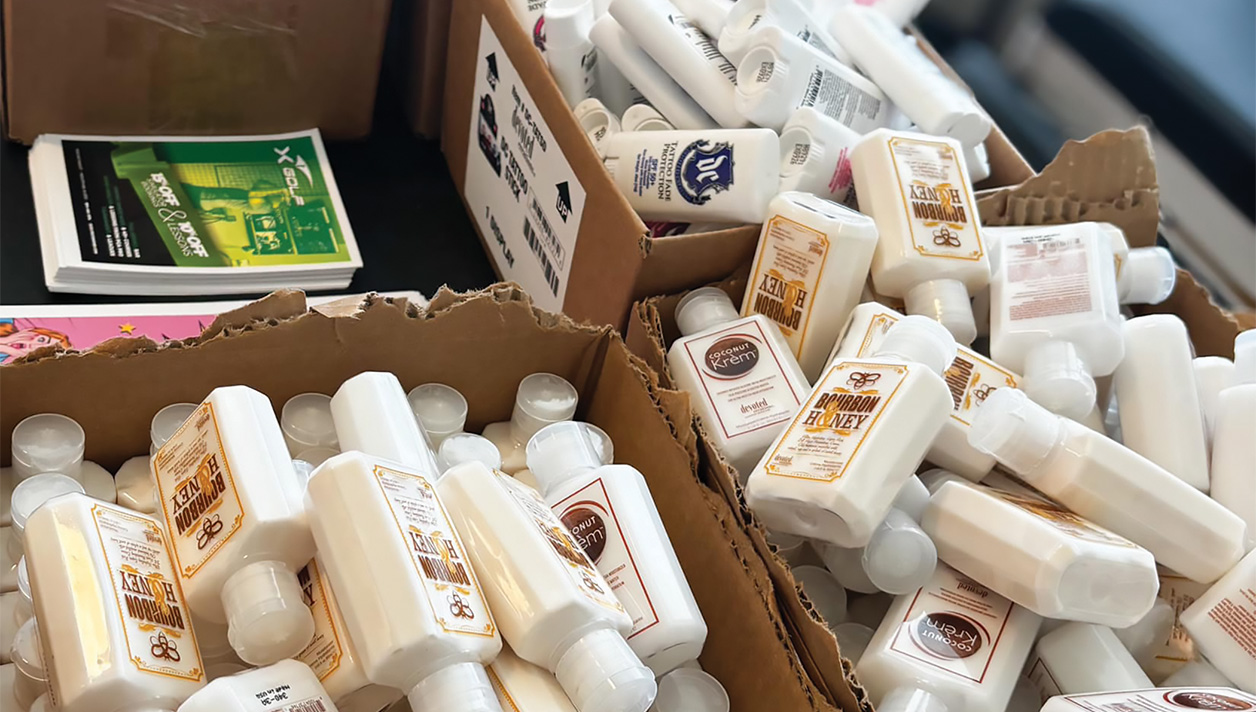Unless you’ve been living under a rock for the past five years, you’ve at least heard of the series “Yellowstone” and the prequels “1883” and “1923.” Star-laden casts depict the struggles of the Dutton family over several generations of life in Montana. And I mean struggles! It’s a wonder we ever got this far.
Harrison Ford stars in the “1923” series as Jacob Dutton, the great-great grand-uncle to Kevin Costner’s “Yellowstone” main character, John Dutton. While trying to defend his ranch, Jacob is wounded by machine gun fire. Helen Mirren plays his wife Cara, and she is quite full of energy and attitude as she tries to keep the ranch afloat during Jacob’s recovery from his injuries. In a recent episode, Jacob is instructed by the local doctor to “get some sunlight.” Cara assists and then joins the ailing and fragile Jacob to sit in a couple of chairs in the sunlight. You can’t help but feel the warmth of the sunlight in that scene. Many of us (including me) feel like cave-dwellers emerging from the winter seeking the same. Recently, my wife and I also enjoyed a brief moment sitting outdoors in our chairs, basking in the sun. It felt awesome, especially after a cold and wet winter in the south. A visit to my doctor a few months back confirmed that I was vitamin D deficient and I now take a supplement during the winter months of reduced sunlight.
According to recent research published in the National Institutes of Health database, as many as 42% of the U.S. population is vitamin D deficient. The physical warmth of the sun combined with the physiological function of vitamin D that is created by UV exposure we have enjoyed for thousands of years has proved beneficial to our overall health, especially after the harshness of a long winter. It is known that UV emitted by indoor tanning systems also mimics the sun and the positive response of vitamin D3 synthesis in the skin.*
However, as taught in our popular Sun is Life® Salon Operator Certification, we know that sunbeds and sunlamps are regulated by the Food and Drug Administration’s 21CFR1040.20 as cosmetic light-emitting devices. Health claims about the effects of using these products should not be made with the Federal Trade Commission serving as an “overwatch” for tanning businesses.
So, yes, sunbed exposure does produce beneficial vitamin D, but salon operators should not advertise this information. Instead, promote the “look good, feel good” aspects of a tan obtained at a professional tanning facility with moderate exposures determined by individual skin type and controlled by a timer to minimize risk of overexposure and sunburn. Check out this month’s Salon of Distinction feature (p.14) Electric Rays Tanning & Spa, where they do exactly that!
*ncbi.nlm.nih.gov/pmc/articles/PMC5821157/

























